Peter Gleick: California’s Looming Groundwater Catastrophe
California is one of the only states in the United States with almost completely unregulated groundwater use. Groundwater users are, with few exceptions, not required to report how much water they pump. Further, groundwater levels are irregularly and incompletely monitored, leaving these withdrawals unmeasured and policymakers in the dark. In part, this is a legacy from the old days when groundwater and surface water were considered separate. We have known for a long time, however, that they are connected and that the use of one affects the availability of the other. Pretending that we only need to allocate and monitor surface water use and rights, while unlimited groundwater use is permitted, is a recipe for disaster.
Some people like it this way. And these people do whatever they can to prevent any move to get the state to regulate, or even measure, groundwater use. If their groundwater use affects their neighbor’s well or a nearby stream, tough luck.
This isn’t sustainable. Sooner or later, bad things happen when the use of common resources, such as air or water, is left completely unmanaged. For groundwater in California, bad things are already happening.
Water Number: 60 million acre-feet
This is the amount of groundwater that a new study from the US Geological Survey estimates has been lost in California’s Central Valley since 1961. Lost. Consumed and not replenished. In some places, groundwater levels have dropped 400 feet or more. The vast majority of this over-pumping has been in the Tulare Basin, though the last few years of drought have led to significant increases in overdraft in the San Joaquin Basin as well.
As a result of some overpumping, land subsides and compacts. Buildings and roads subside and crack. Drainage patterns change. And ironically, the California aqueduct systems run by the state and federal governments may be damaged, threatening the delivery of water to other urban and agricultural users.
The truth is, there is not enough surface water to satisfy Central Valley growers, and so they pump groundwater. In an average year in the Central Valley, groundwater provides nearly half of irrigation water demand. In a dry year, such as we’ve experienced for the past three years, some users pump even more groundwater and groundwater may provide 60 percent or more of irrigation demand. If this water is then replenished in wet years, groundwater use over time is sustainable – groundwater acts like any other reservoir (only without many of the adverse consequences of surface reservoirs). If not fully replenished, however, groundwater levels inevitably fall.
The primary cost of using groundwater is to drill a well or to run a pump on an existing well – the water itself is not priced. The costs for drilling and running pumps, however, are beginning to rise. Costs for drilling new wells, especially given the depths to which groundwater has fallen, can be hundreds of thousands of dollars. The cost of electricity or diesel to run groundwater pumps is rising as well. Eventually, the damage caused by subsidence, or the conflict among users sharing the same aquifers, or the cost of pumping will increase to the point where pumping must decrease or even stop.
And when that happens, our food supply may go the way of the Delta smelt and California’s salmon, and we will end up with neither fish nor farms. Let’s stop pretending that pumping groundwater without constraint is a reasonable use of our limited freshwater resources. In some areas of the state, local entities have formed groundwater management authorities to manage this important resource for the benefit of all users. This should be required everywhere, but especially in areas of severe overdraft. Anything less will mean growing confusion and chaos for California water and inevitably diminishing returns for California agriculture.
Dr. Gleick’s blog posts are provided in cooperation with the SFGate. Previous posts can be found here.

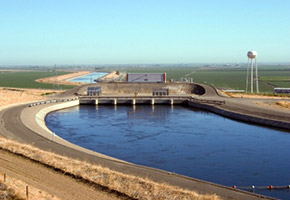
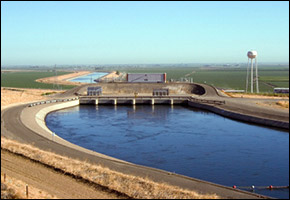

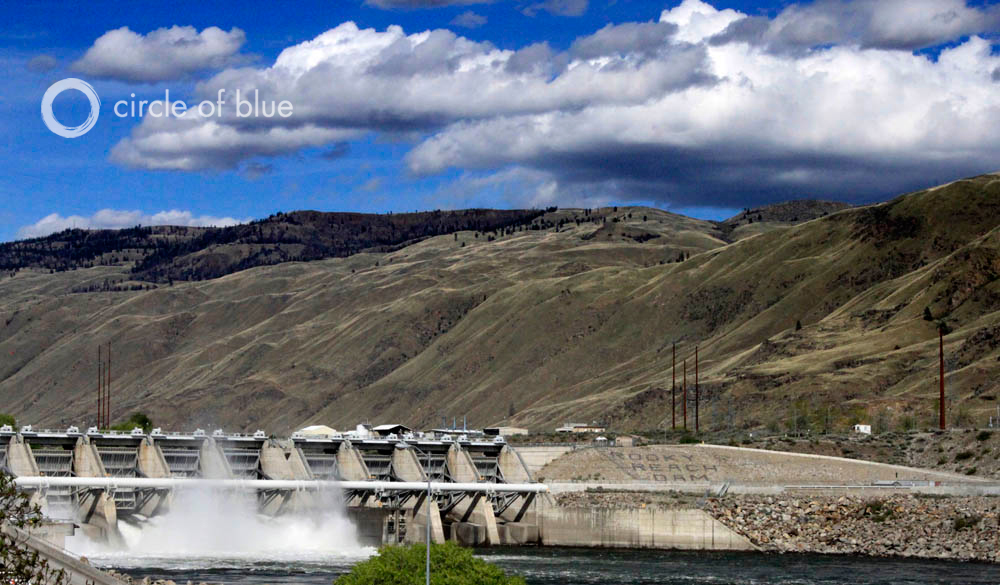



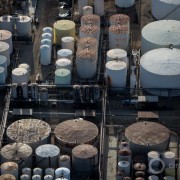


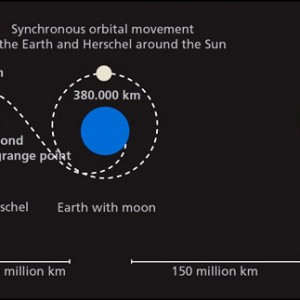
What’s also alarming is that CA Central Valley groundwater is naturally recharged through processes that rely on spring runoff and precipitation from the Sierra Nevada mountain range. For several years, the snow pack and water content in the mountains has been declining. Add to that the issues you raise and we have a serious problem on our hands. Most troubling is that CA produces half of all US fruits, nuts, and vegetables. That agriculture is in peril is water supply continues to decline. Thanks for a great article.